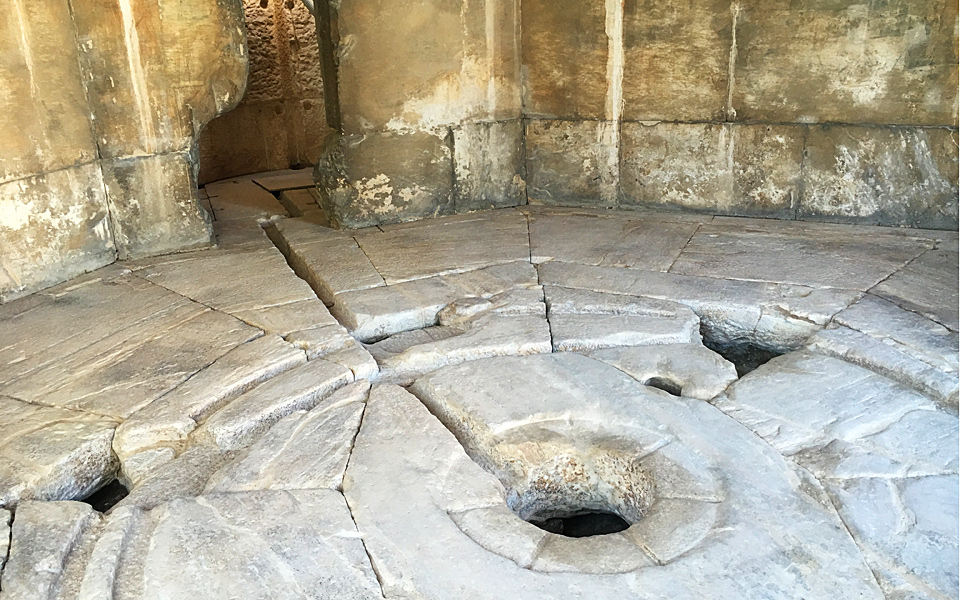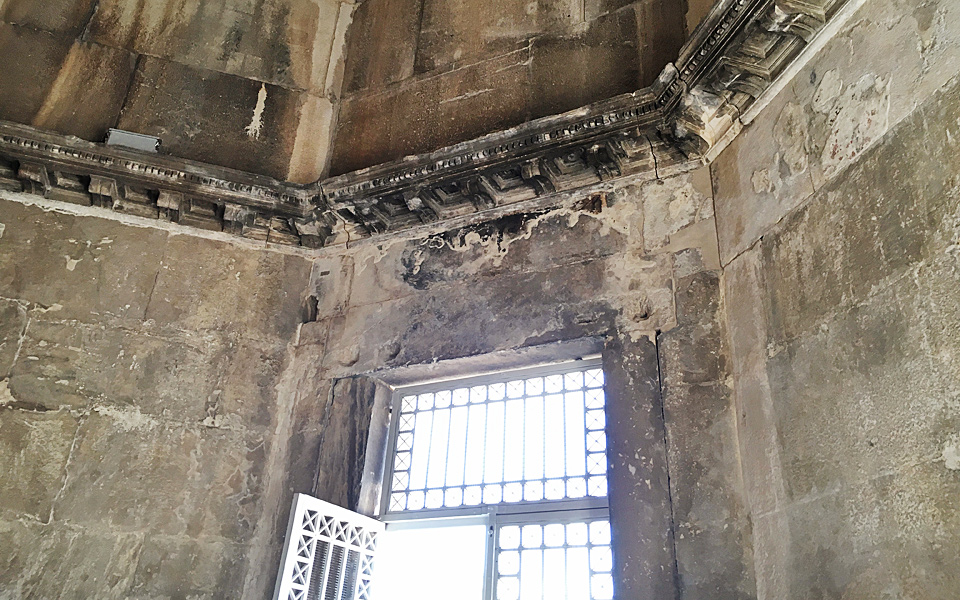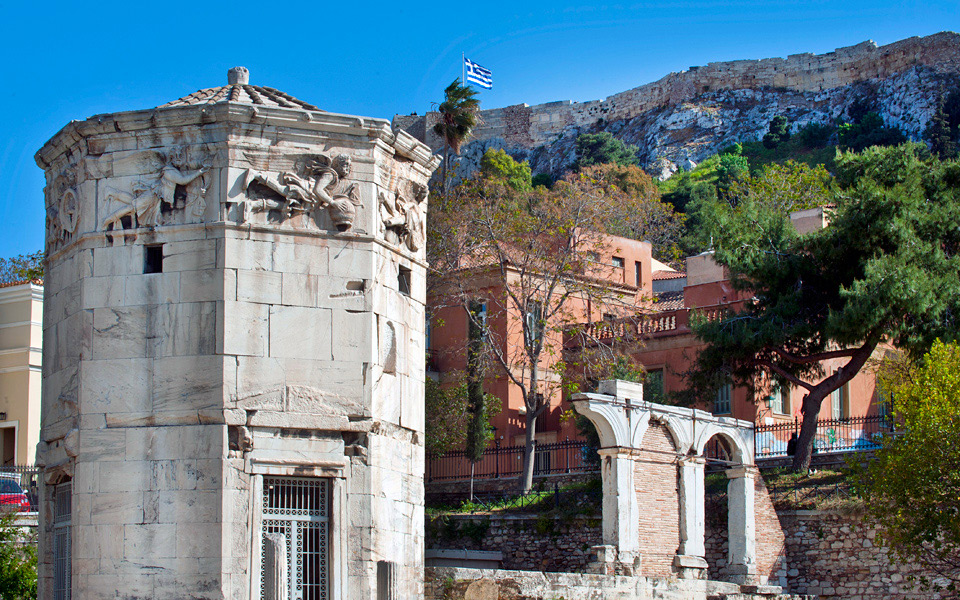If during your visit to Athens you have strolled around the archaeological site of the Roman Agora at the foot of the Acropolis, you are probably familiar with the octagonal, marble edifice Horologion of Andronikos, commonly known as The Tower of the Winds, or “Aerides” (the blowing winds). Until now, it’s been closed to visitors, who could only admire its exterior and its elaborate frieze with personifications of the eight main winds.
Νow, after extensive conservation carried out with funds from the European Union’s 2007-13 National Strategic Reference Framework (ESPA) program, the tower’s interior has finally been made accessible to the public for the first time in the history of the modern Greek state. Visitors of the Roman Agora can now walk around the tower, learn about its history and conservation from the brand new information plaques installed and then walk up the huge marble steps to have a look inside.


The monument, work of the Macedonian architect and astronomer Andronikos of Kyrrhos, was built during the late Hellenistic period, possibly at the end of the 2nd century BC, and was initially a clock tower. The incised lines on the exterior of the eight sides of the edifice corresponded to an equal number of sundials, while in its interior, a hydraulic mechanism was used to power a water clock or a ‘planetarium’ device of a manufacturing philosophy comparable to that of the Antikythera mechanism.
The holes used for mounting the mechanism and cuttings intended for the supply of water are still preserved on the floor’s surface. Much later, during the byzantine period, but also during Ottoman rule, the monument served as a church; fragments of a late byzantine fresco (13th-14th century) bearing the figure of an angel (possibly an Epitaphios lament scene) and a saint on horseback were revealed during the conservation attesting to that.











